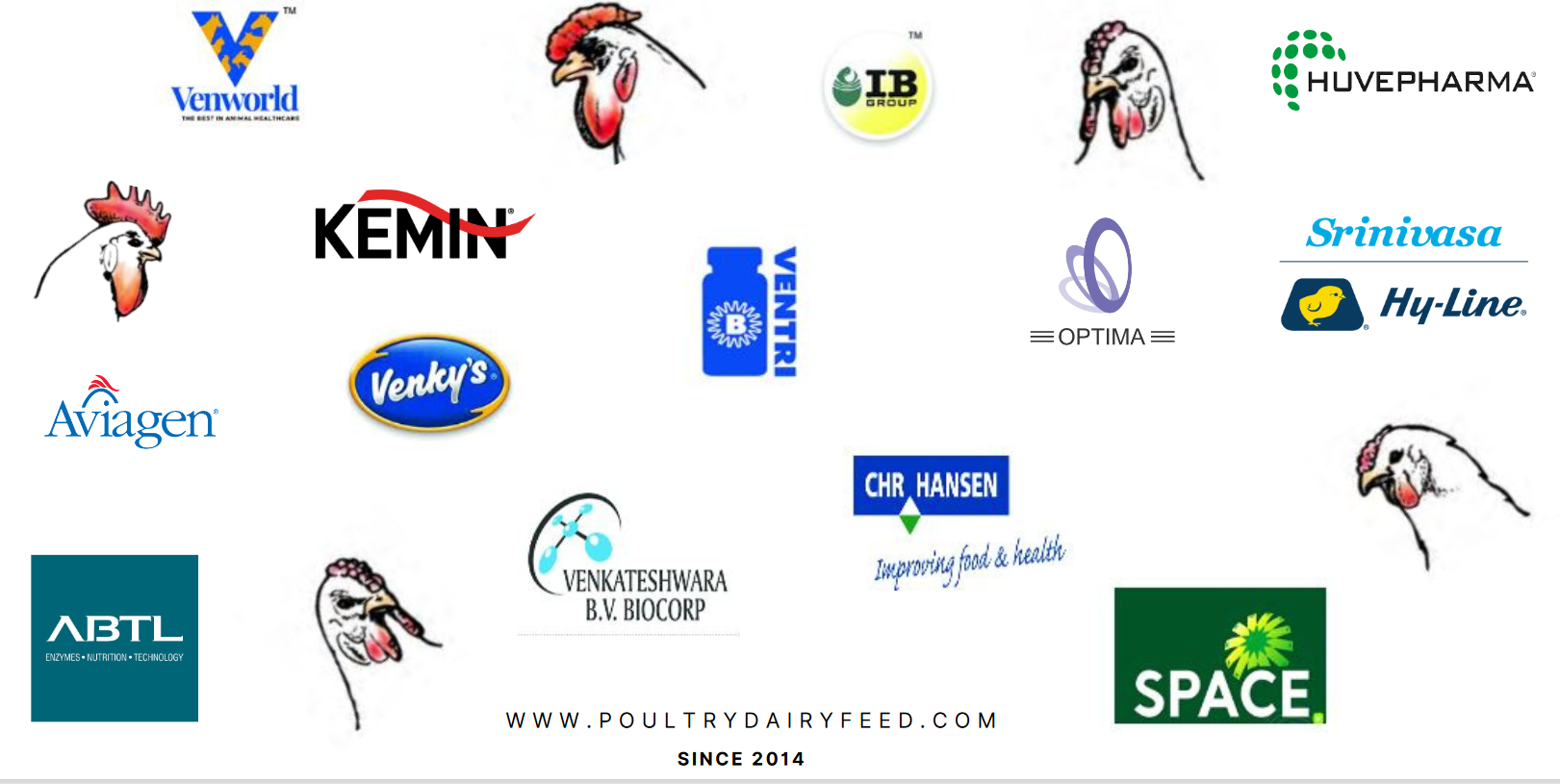Everything you need to know about upcoming mycotoxin threats to poultry, swine, ruminants and aquaculture worldwide.
The BIOMIN Mycotoxin Survey constitutes the longest running and most comprehensive data set on mycotoxin occurrence. The survey results provide insights on the incidence of the six major mycotoxins in the agricultural commodities used for livestock feed in order to identify the potential risk posed to livestock animal production.
Highlights:
- BIOMIN is a leading company in MTX deactivation and analysis. With the help of cooperation partners we are able to present to you results from: 96 684 analysis, done for 21 709 finished feed and raw commodity samples from 79 countries between January and December 2020!
- The globally most prevalent mycotoxins are still DON (65%) and FUM (64%).
- ZEN is also highly prevalent (48%) with an average of 139 ppb globally.
- In North America the risk stays extreme. DON was present in 72% of corn samples and in 89% of cereal samples. Average of positives for DON in corn (maize) was quite high with 808 ppb and even higher in cereals (1,721 ppb). Corn was also affected by FUM and ZEN with averages of 2,405 ppb and 323 ppb, respectively.
- South America is at severe risk. Corn is highly contaminated with FUM at 83% and an average of positives of 2,280 ppb. In wheat, DON is the main threat (83% of the samples; average of 1,584 ppb). In Soybeans ZEN was most abundant (73%), followed by T-2 (51%) and DON (46%).
- Europe: Risk is high to severe. The most prevalent mycotoxin is still DON, followed by ZEN and FUM. DON is the main threat for livestock, with 70% of corn samples positive, but cereals were also affected: DON reached a maximum concentration as high as 11,875 ppb. ZEN increased its average contamination in corn to 171 ppb.
- Asia: Risks are extreme in South Asia, China and Taiwan and severe In Southeast Asia and East Asia. FUM occurs in 96% of corn, followed by DON (80%). ZEN is also a risk: It was present in 68% of the samples analyzed (maximum 11,786 ppb). In this region Aflatoxin remains a main threat for animals.
- Africa: In Sub-Saharan Africa, risk is severe mainly due to DON and FUM. In cereals, 92 % of the samples were contaminated by DON (maximum 917 ppb). South African corn was highly contaminated with Fusarium toxins. In South Africa straw samples high levels of ZEN were found (average of 1,664 ppb; maximum around 2,900 ppb.)

Asia Pacific
Risks is extreme in South Asia and China and Taiwan. In Southeast Asia and East Asia risk is severe. FUM occurs in 96% of corn, followed by DON in 80% of the samples tested. ZEN is also a risk for animal production: It was present in 68% of the samples analyzed and a maximum of 11,786 ppb was found.
In this region Aflatoxin remains a threat for animals. In corn, Aflatoxin was found as high as 2,495 ppb.
In Oceania, risk of mycotoxin contamination is moderate.






